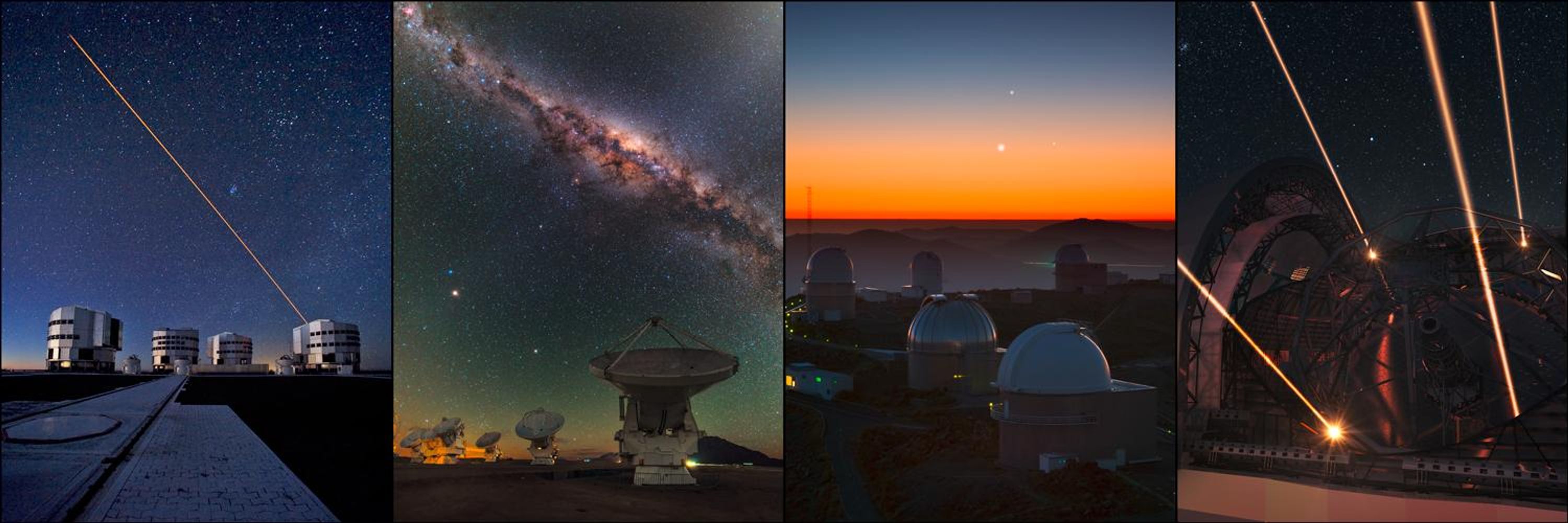ESO
@eso.org
6.3K followers
360 following
350 posts
The European Southern Observatory designs, builds & operates world-class observatories on the ground for the benefit of society. More info on eso.org
Posts
Media
Videos
Starter Packs












